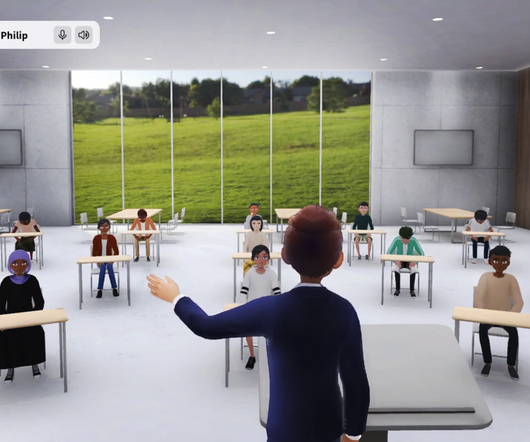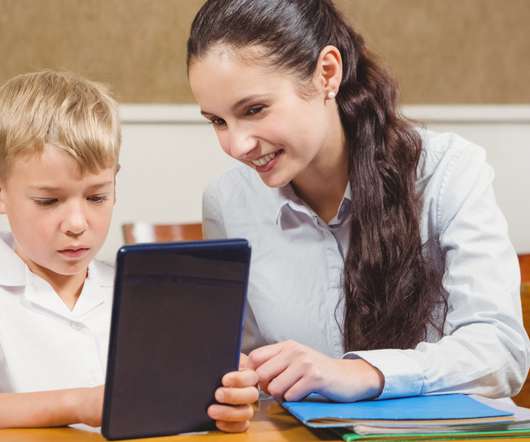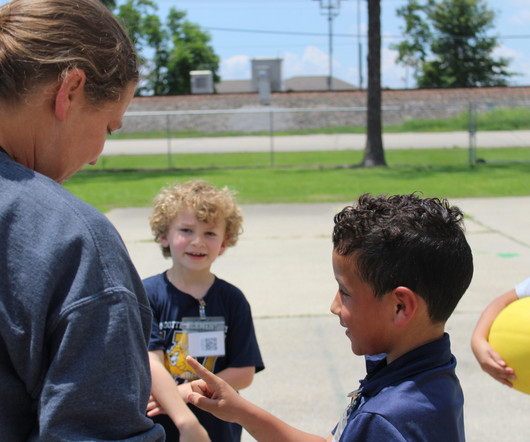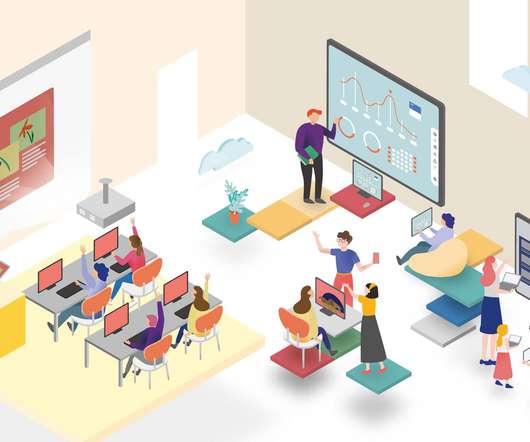How Automated Speech Recognition Could Change Studying Forever
Edsurge
JANUARY 7, 2019
Fred Singer: The question that struck me was, ‘how could it be that kids—born to a generation in which smart phones and laptops are a part of their everyday existence—have to sit in a classroom where someone just talks to them?’ Why have a laptop policy if there is not software to go with it? But the phones aren’t the problem.






















Let's personalize your content